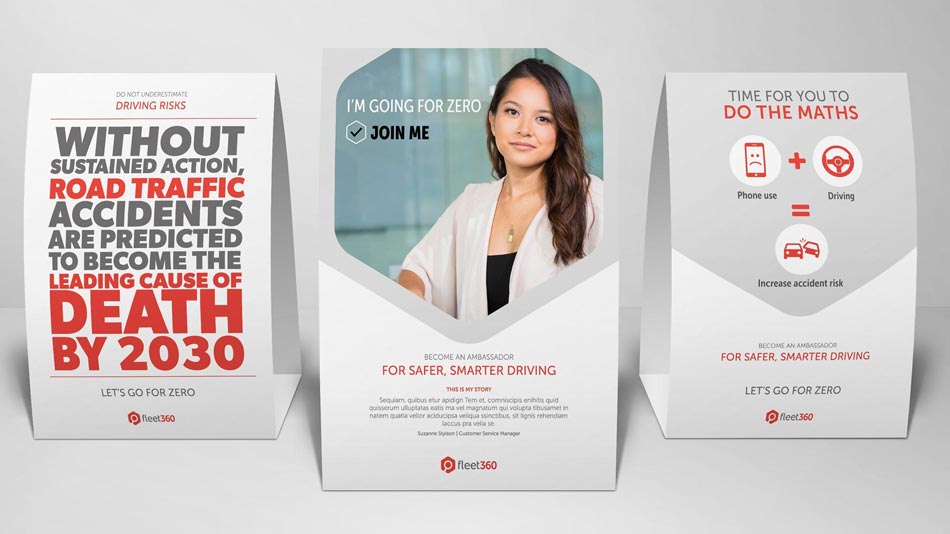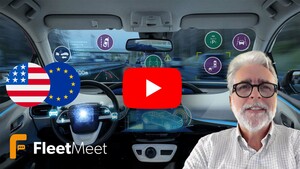An ongoing driver safety campaign with a global technology company have shown some fantastic results.
In less than 12 months, drivers on our safety campaign have posted a 65% reduction in incident costs vs an increase of 20% for drivers not participating in the campaign.
This decrease in cost was the result of both a reduction in number of incidents, as well as in severity of the incident itself. For drivers not participating to the program these 2 parameters have evolved in the opposite way.
With this program we aim to encourage and empower drivers to stay calm when driving for work and for driving in general. Coaching interventions that are targeted for specific risk factors supports drivers to recognise where improvements can be made. Their result exceeded the initial objective by far and confirms the client determination to have taken the right decision to invest in their employees safety.
Bart Vanham
Case study
Drivers participating in #goforzero
Drivers NOT participating in #goforzero
Many Fleet Managers we speak to are on a mission to reduce driver accidents but are unsure as to the best methodology. It is often cited that the normal culture of drivers is that accidents are acceptable and inevitable. This cannot be accepted.
The proven method to reduce driver accidents and keep people safe is to shift the culture to promote and reward smart driving. The intention is to get drivers to think about their trip ahead and not just jump in a vehicle with the view that they are a skilful driver and therefore they can drive fast.
Bart Vanham
The Process
A typical campaign to reduce driver accidents looks to communicate the message to the whole company. The added benefit is that all drivers, not just company car drivers, see and understand the issue. Staff must connect with the campaign and see that they and their colleagues are part of the solution. The campaign referred to in the case study shows that the optimal result is obtained by not only providing the driver general information, but also confronting them with their own driving behaviour which in turn helps them improve by either eLearning or immediate feedback.

The steps to reduce driver accidents
- Communication: Inform your drivers, challenge and educate on how their driving style contributes to control accident, fine and fuel costs.
- Behaviour monitoring and driver reporting with CoPilot. It indicates where things can be improved.
- eLearning: Hazard Perception test and appropriate personalised modules for improved driver training.
- Reporting: Quarterly reporting via push mail for company car drivers. Scoring of driving behaviour based on fuel consumption and accident statistics
The key here is that the process involves driver monitoring via a cost effective drive app. Drivers can easily answer the right questions in a driver survey, but they cannot 'hide' their actual driving behaviour in the real world. This 'telematics' data is then linked with our eLearning programme to help drive powerful bespoke driver training.
Bart Vanham



